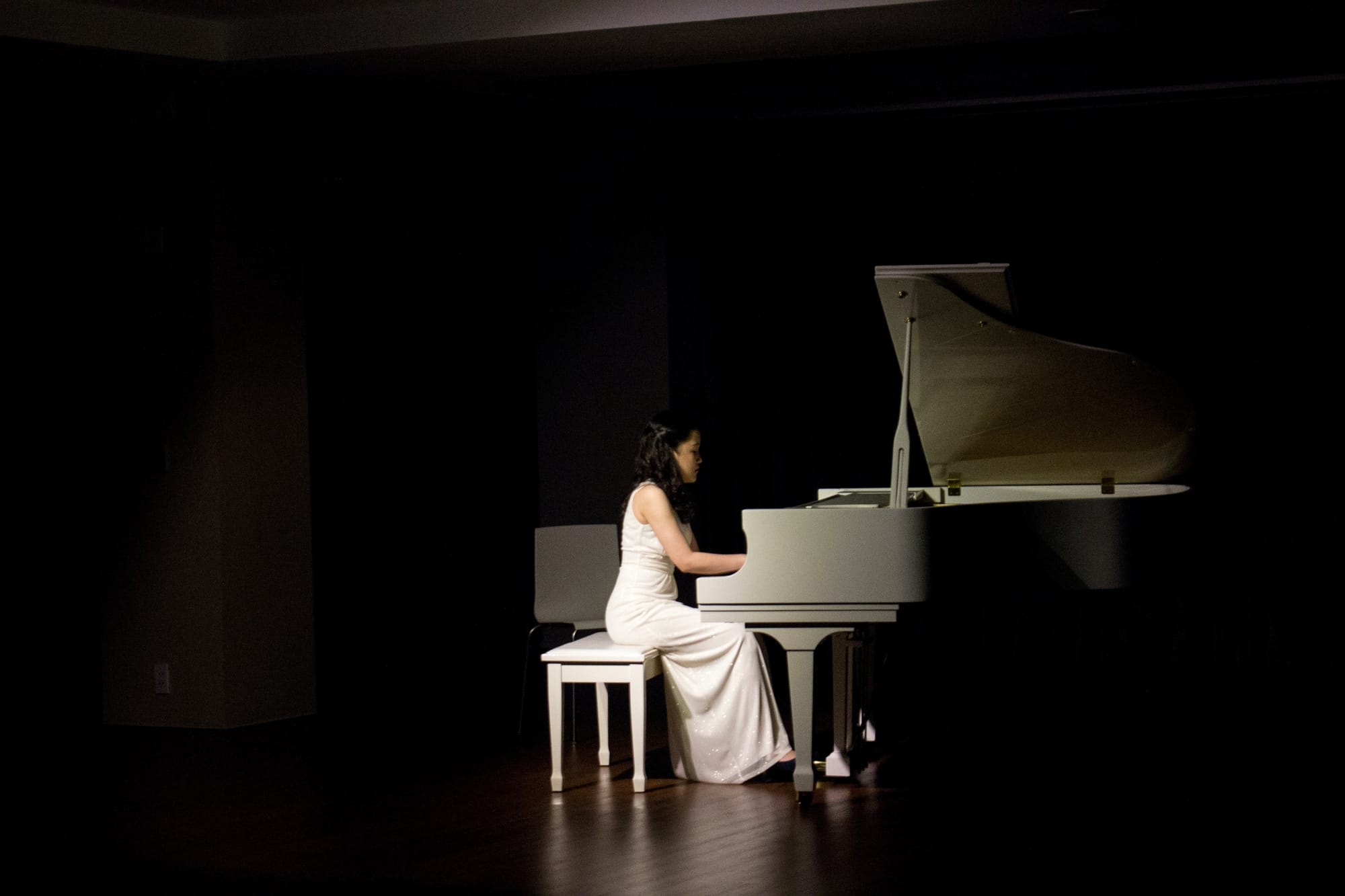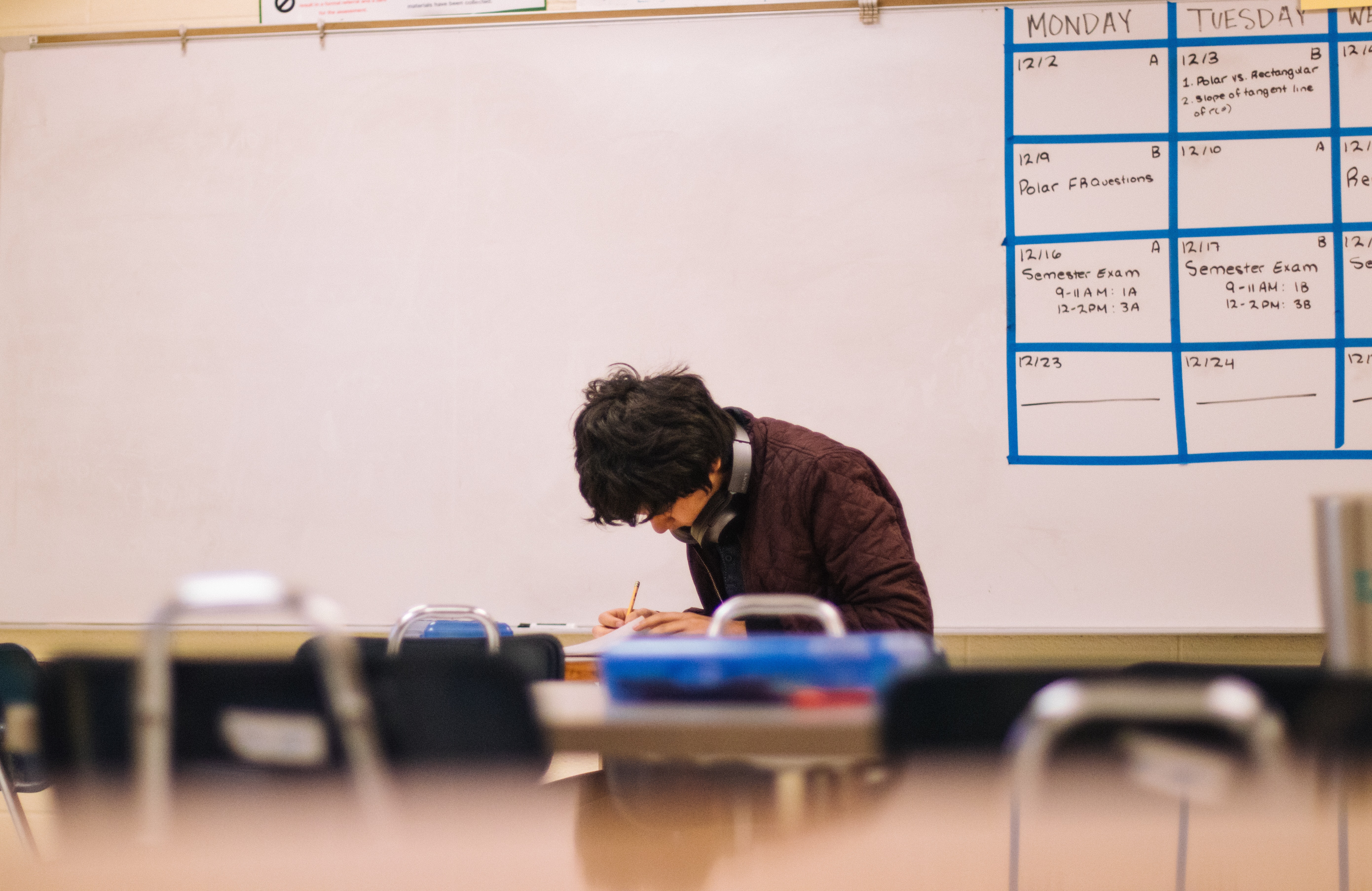
What Does a Collaborative Pianist or Accompanist Do?
If you’ve been working with one of our piano teachers in Houston, you might be wondering what the end goal of learning piano is. Will you want to join a band, perform in Carnegie Hall, audition in a concerto competition, or simply play for fun? Here’s one outlet to consider - collaborative piano.
The piano can be a lonely instrument, but when you play with singers and other instruments, music has much more meaning. Keep reading to learn more about the art of accompanying, and get in touch for piano lessons, voice lessons, violin lessons, and other classes.
What Does a Collaborative Pianist Do?
A collaborative pianist practices or performs with a singer, instrumentalist, or ensemble rather than performing a solo. The word “accompanist” can have a slightly different implication, since accompanists support a group or soloist, and do not carry equal weight the way a pianist in a chamber ensemble would.
A collaborative pianist will need to practice the music on his or her own, rehearse with the soloist or ensemble, and perform the music at a professional level. As an accompanist or collaborative pianist, you may perform with singers, choirs, as a member of a wind band (in contemporary literature), with instrumentalists, or even alongside another pianist who is auditioning a concerto and needs someone to play the orchestral transcription.
A Collaborative Pianist Sightreads Well
Sight reading is especially important for accompanists, since you may sometimes need to rehearse music with a singer or instrumentalist for the first time in a lesson. Pianists who work with singers often need to sight read in a first rehearsal, since the expectation is that vocal music isn’t that hard to play. If you are handed a score for Samuel Barber’s violin concerto and expected to sight read it, on the other hand, you should feel welcome to laugh at the professor or violinist.
Sight reading is also very common for accompanists who work with a choir or vocal ensemble. You probably rehearse with the group once per week, and you may be expected to sight read along with the choir or play the SATB parts from the score.
Collaborative Pianists Contribute To Musical Interpretation
A voice teacher or singer may call upon a collaborative pianist to offer musical ideas in a rehearsal. To prepare for this, study the score and listen to recordings prior to the first rehearsal if possible. Better yet, write notes in your music with a pencil.
Instrumentalists and vocalists usually enjoy “collaborating” with the pianist, rather than simply barking order regarding voicing and dynamics.
Collaborative Pianists Support Soloists or Ensembles
Don’t steal the spotlight when you collaborate with other musicians - you are there to help create a complete musical experience. This manifests itself in two primary ways:
- Your sense of time needs to be perfect. You need to be as reliable and on-the-beat as Ringo Starr on the drums, and you should not take any liberties with rubato, ritardando, or anything else if you haven’t planned it with the soloist or ensemble. Even if you are sight reading and need to “ghost” notes to keep time, the beat is king.
- Never play louder than the soloist or ensemble. If the audience notices the accompanist (in any passage other than an interlude or introduction), you are probably playing too loud! Don’t gesture in a ridiculous way, sway to the music, or play loudly and aggressively. Make sure everything you do helps the soloist look better.
Collaborative Pianists and Accompanists Often Specialize in a Particular Repertoire
Many collaborative pianists are able to play numerous gigs because they already know the popular music in a given repertoire. If you live in a college town, for instance, and you perform Mozart’s Clarinet Concerto, K. 622 for b flat clarinet, you will almost certainly be asked to play it for a number of other clarinet players during the next audition season. You will be able to handle this workload because you already know the music.
The same applies to collaborative pianists who specialize in vocal music. After a few years of working, you’ll already know all of the Schubert Lieder, opera arias, Broadway audition songs, and more.
Is It Harder To Accompany Singers or Instrumentalists?
Vocal literature is by far the easiest music for collaborative pianists to learn. Firstly, it was usually written for the piano (rather than it being a transcription), and it’s always written in a way that doesn’t overpower the vocalist. Whether you work with musical theater performers or opera singers, you should be able to learn vocal literature fairly quickly.
After vocal music, string and woodwind music written during the classical era can be simple enough to learn. Mozart isn’t easy, but it’s scalar and easy to digest. Clarinet, cello, violin, flute, and other instrumentalists will often audition with classical music that isn’t too hard to learn.
Watch out for brass music though - much of the popular literature for brass players was written in the 20th and 21st centuries, and the piano music is absolutely brutal. One of the most notorious pieces of collaborative piano music is the Vaughan Williams Tuba Concerto, and the orchestral reduction is nearly impossible to play on the piano. Unfortunately, this is the most popular piece of solo tuba literature.
Contact Cixi Music Studio For Music Lessons
Whether you’re an aspiring collaborative pianist or an instrumentalist, contact Cixi Music Studio for music lessons in Houston. You can take classes or enroll in private lessons in Houston, pearland, and Katy, and our teachers enjoy working with all ages and skill levels.




